Visiting parents often brings a mix of warmth and nostalgia, but it can also highlight generational differences in household habits. While adult children appreciate their parents’ hospitality, they might find themselves subtly adjusting things after they leave. These quiet undoings aren’t meant to be disrespectful but often reflect contemporary preferences for organization, technology, and even scent. Understanding these generational nuances can offer a humorous glimpse into evolving household norms.
1. Rearranging the “Knick-Knack” Displays
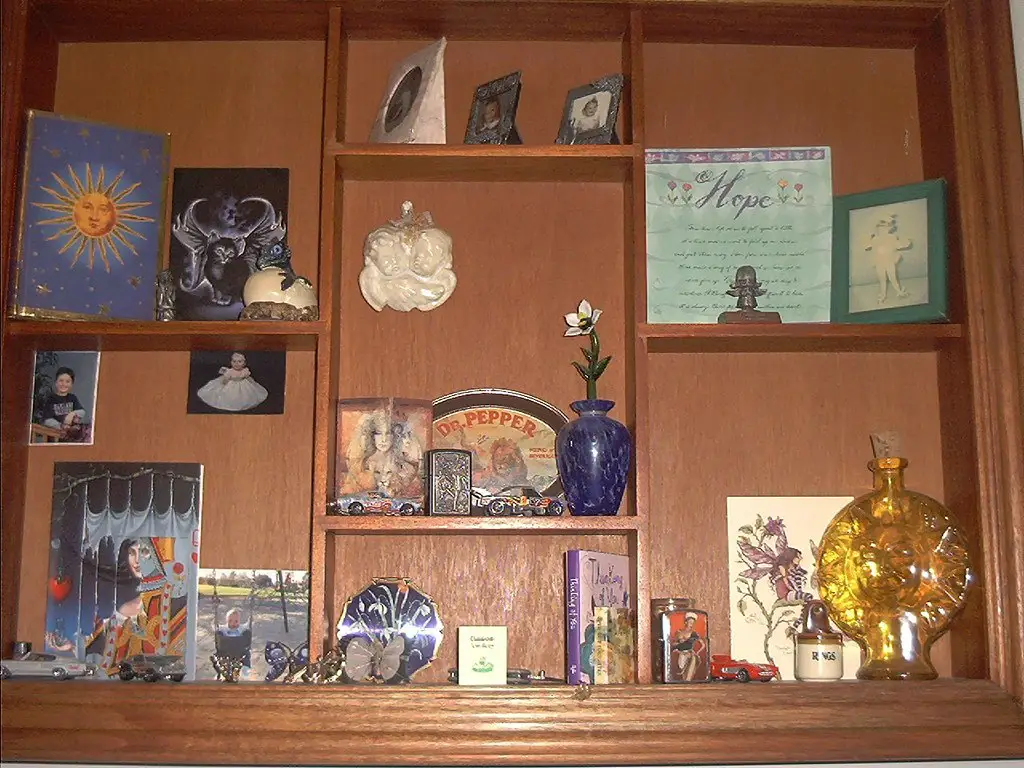
Boomers often have cherished collections displayed throughout their homes, from figurines to travel souvenirs. While these items hold sentimental value, their abundance can sometimes feel cluttered to their adult children. According to Forbes, millennials and Gen Z tend to favor minimalist aesthetics with fewer decorative items on display. After a visit, adult kids might discreetly consolidate or slightly rearrange these displays to create a cleaner visual flow, only for them to be meticulously returned to their original positions before the next visit.
This difference in aesthetic preference isn’t about a lack of appreciation for the items themselves but rather a contrast in preferred styles. Adult children often gravitate towards open spaces and fewer visual distractions, a trend widely discussed in interior design blogs. This subtle tidying is usually done out of love and a desire for a more streamlined environment, even if it’s just temporary.
2. Adjusting the Thermostat Settings
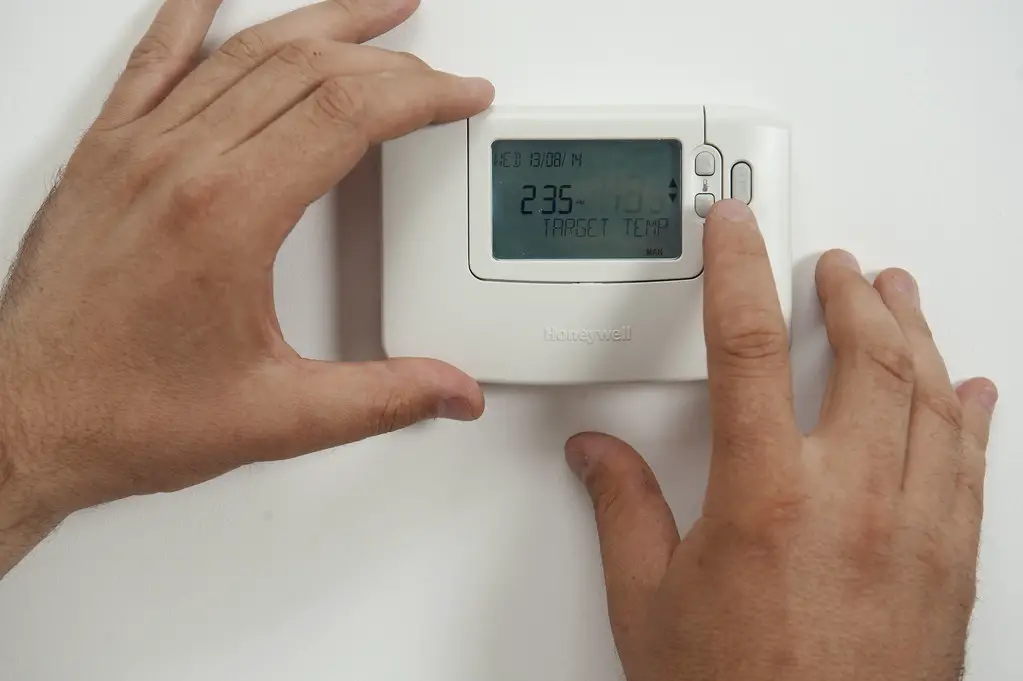
Boomers often maintain warmer home temperatures compared to their adult children. This could be due to personal comfort levels or energy-saving habits ingrained from a different era. As noted by the Pew Research Center, younger generations are generally more conscious of energy consumption and prefer cooler indoor temperatures. After a visit, adult kids might quietly adjust the thermostat to a setting they find more comfortable, only to find it back up at the “grandparent setting” during their next stay.
This thermostat tug-of-war is a common point of gentle contention in many families. Adult children, often accustomed to programmable thermostats and smart home technology, might find the consistently warm temperatures less energy-efficient. The subtle downward adjustments are usually made with the best intentions, aiming for both comfort and potential energy savings, even if these changes are short-lived.
3. Reorganizing the Refrigerator
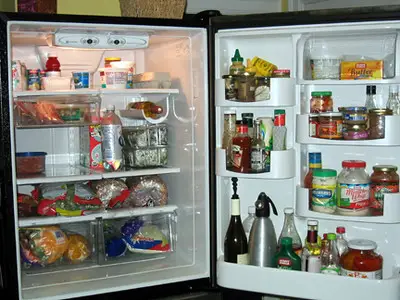
Boomer-era refrigerators can sometimes be a repository of leftovers in various stages and containers. While Boomers often operate on a “no food waste” principle, their adult children, often influenced by newer food safety guidelines and organizational trends, might quietly declutter the fridge after a visit. According to the USDA, proper food storage and awareness of expiration dates are crucial for food safety, a concept often emphasized in younger generations. This discreet fridge refresh is usually done to ensure freshness and prevent any forgotten science experiments.
The approach to food storage and organization can differ significantly between generations. Adult children, often exposed to Marie Kondo-esque decluttering principles and aesthetically pleasing food storage containers, might find the less structured approach of their parents’ fridge a bit overwhelming. The quiet reorganization is a way to subtly introduce more modern food management practices, even if it’s just until the next batch of lovingly prepared leftovers appears.
4. Updating the TV Input Settings
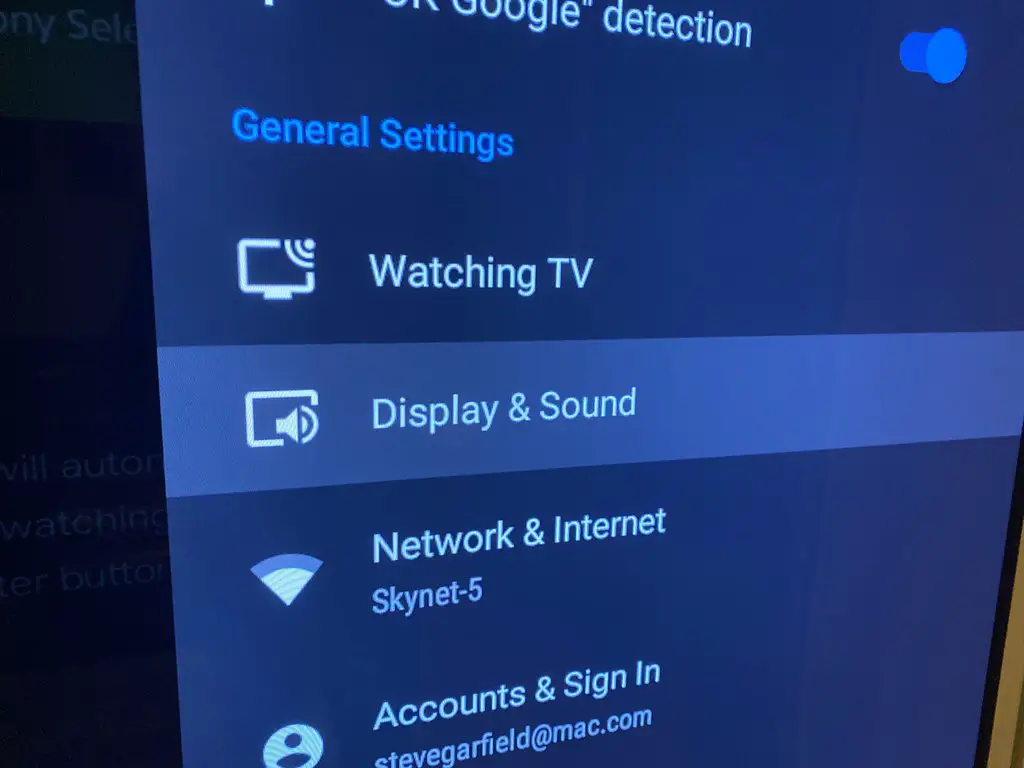
Boomers might stick to traditional cable TV, while their adult children are often accustomed to streaming services and multiple device inputs. During a visit, adult kids might switch the TV input to connect their streaming stick or gaming console. As reported by Nielsen, streaming has surpassed traditional cable viewing among younger demographics. After they leave, the TV remote often mysteriously reverts to the cable input, ready for the next episode of a favorite network show.
This tech-related tidying is a common occurrence as different generations navigate entertainment technology. Adult children often find the interface and content of streaming services more aligned with their preferences. The temporary input switch is usually a way to enjoy their preferred entertainment during the visit, with the understanding that the familiar cable setup will likely be restored afterward.
5. Placing Coasters Under Drinks

Boomers might have a more relaxed attitude towards condensation rings on furniture, especially if the pieces are older or well-loved. Their adult children, often more attuned to protecting surfaces, might diligently place coasters under every beverage during their visit. According to home care experts, coasters help prevent water damage and stains on wood furniture. After they depart, the coasters might find their way back into a drawer, only to reappear with the next generation’s visit.
This coaster choreography highlights different levels of concern for furniture preservation. Adult children, perhaps having invested in newer furniture or being more aware of potential damage, tend to be more proactive about using coasters. The silent deployment of coasters during visits is a gentle way of trying to protect surfaces, even if it’s a habit that doesn’t necessarily stick around after they leave.
6. Sorting the Recycling

Boomers’ recycling habits might differ from the more stringent guidelines often followed by their adult children. Younger generations are often more acutely aware of precise recycling regulations and the importance of sorting materials correctly. As reported by the EPA, proper recycling requires separating different types of materials. After a visit, adult kids might quietly sort through the recycling bin to ensure everything is in the correct place, a silent lesson in contemporary environmental practices.
This recycling refinement isn’t meant to criticize past habits but rather to align with current environmental standards. Adult children, often raised with more comprehensive recycling programs, might find inconsistencies in their parents’ approach. The discreet sorting is a way to ensure that waste is processed correctly, reflecting a generational shift in environmental awareness.
7. Adjusting the Volume on Electronics

Boomers might have the television or radio playing at a higher volume than their adult children are accustomed to. This could be due to age-related hearing changes or simply a matter of preference. Younger generations, often used to more personalized audio experiences through headphones, might quietly lower the volume during their visit. According to the National Institute on Deafness and Other Communication Disorders, age-related hearing loss is common. After they leave, the volume often creeps back up to its previous level.
This volume adjustment is a common negotiation in multi-generational households. Adult children, often preferring a quieter environment, might find the louder volumes distracting. The subtle lowering of the sound is usually a comfort-driven adjustment, with the understanding that the preferred volume will likely be reinstated afterward.
8. Clearing the Kitchen Counters
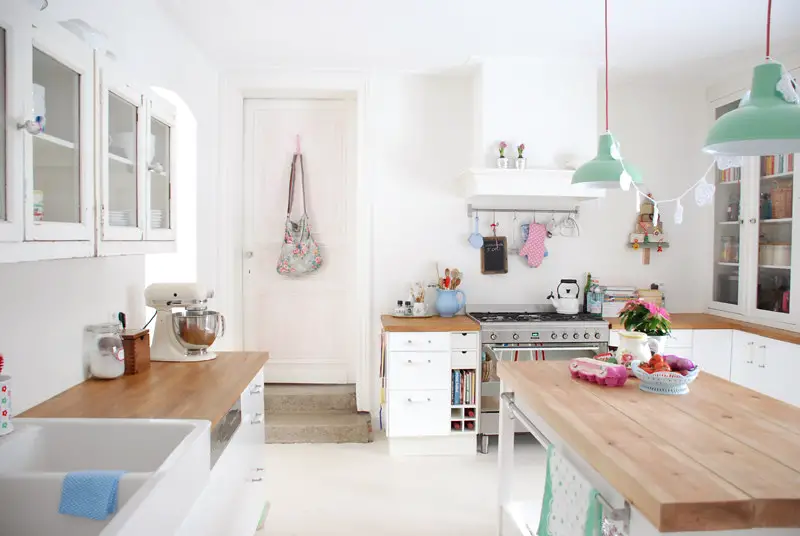
Boomer kitchens can sometimes have a collection of small appliances and items on the countertops, reflecting a lifetime of accumulated gadgets and tools. Adult children, often favoring a cleaner, more minimalist kitchen aesthetic, might quietly clear and wipe down the counters after meals. This trend towards uncluttered countertops is often seen in modern kitchen design. After they depart, the familiar array of appliances often reappears.
This counter-clearing ritual isn’t about criticizing their parents’ habits but rather reflecting a different preference for kitchen organization. Adult children often appreciate a spacious and uncluttered workspace in the kitchen. The temporary tidying is a way to create a more streamlined environment during their visit, even if it’s a fleeting change.
9. Putting Away “Just in Case” Items

Boomers often have a collection of items they keep “just in case” they might need them someday. This could range from extra plastic containers to outdated electronics. Adult children, often embracing decluttering and a more minimalist lifestyle, might quietly tuck away some of these less frequently used items during their visit. The popularity of decluttering movements like Marie Kondo’s highlights this generational shift. After they leave, these “just in case” items often resurface in their familiar spots.
This decluttering tendency isn’t about dismissing the practicality of being prepared but rather a preference for a less cluttered living space. Adult children often prioritize functionality and easy access to frequently used items. The subtle tidying is a way to create a more streamlined environment, even if it’s a temporary change in the overall household organization.
10. Airing Out the House
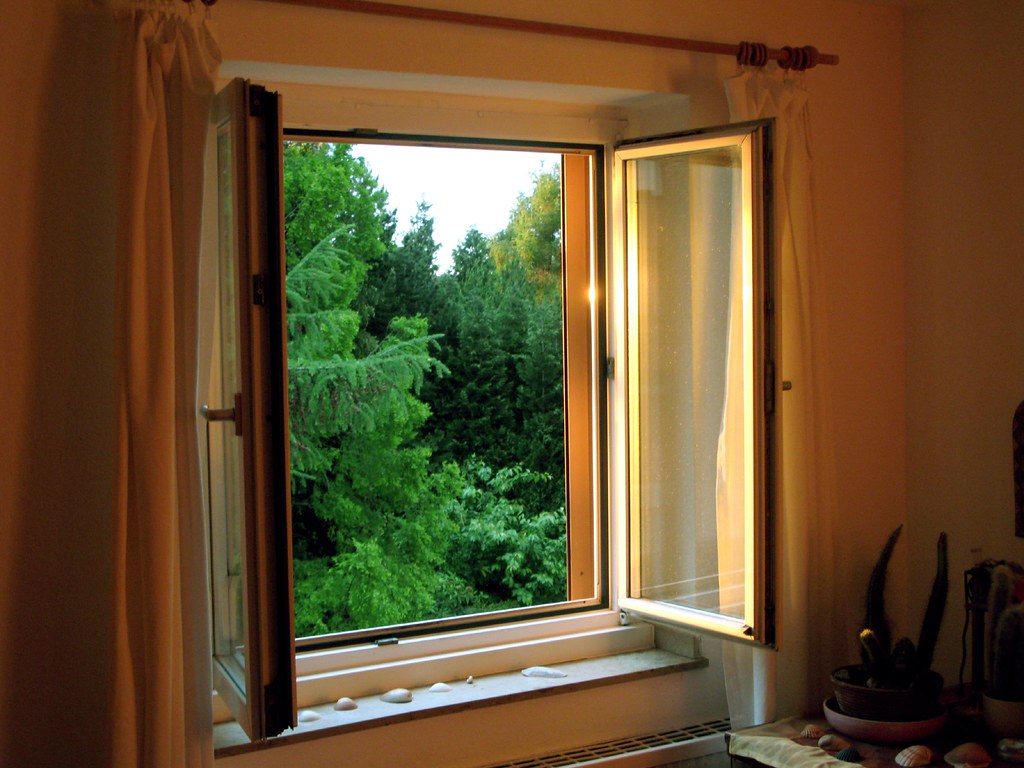
Boomer homes might sometimes have a particular scent, whether from years of specific cleaning products or simply a different approach to air circulation. Adult children, often accustomed to more frequent ventilation and air fresheners, might quietly open windows to air out the house during their visit. According to environmental health experts, fresh air can improve indoor air quality. After they leave, the windows might be closed, and the familiar scent returns.
This fresh air initiative isn’t about criticizing the home’s smell but rather a preference for increased ventilation. Adult children, often more aware of indoor air quality and the benefits of fresh air, might find opening windows a simple way to refresh the environment. The temporary airing out is a comfort-driven habit that often reverts to the parents’ usual practices.
11. Unsubscribing From Unwanted Emails or Catalogs
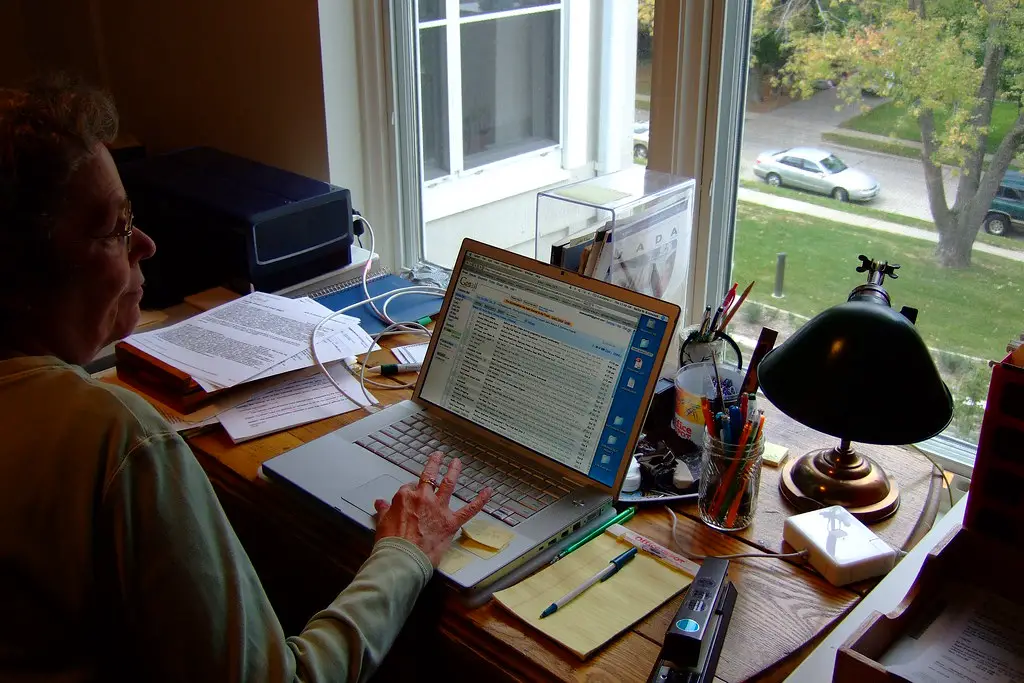
Boomers might accumulate physical catalogs and receive a higher volume of promotional emails compared to their more digitally savvy adult children who are adept at filtering and unsubscribing. During a visit, adult kids might quietly unsubscribe their parents from unwanted email lists or discreetly toss outdated catalogs. Digital literacy and online privacy are often more emphasized in younger generations. After they leave, the influx of mail and emails might resume.
This digital and physical decluttering is a subtle way adult children try to streamline their parents’ information flow. While Boomers might appreciate the convenience of having information readily available, their adult children often prioritize a less cluttered digital and physical environment. The quiet unsubscribing and discarding are attempts to reduce unwanted clutter.
12. Rearranging Throw Pillows and Blankets

Boomers often have a specific way of arranging throw pillows and blankets on sofas and chairs, prioritizing a cozy and perhaps more traditional look. Adult children, often influenced by more contemporary and minimalist design trends, might quietly rearrange these items for a cleaner or more streamlined appearance during their visit. Modern interior design often favors fewer, strategically placed decorative items. After they leave, the pillows and blankets often return to their parents’ preferred arrangement.
This pillow and blanket repositioning isn’t about a lack of appreciation for comfort but rather a difference in aesthetic preferences. Adult children often favor a less fussy and more intentionally styled look. The temporary rearrangement is a subtle way of introducing their design sensibilities, even if it’s a change that doesn’t last beyond their visit.
